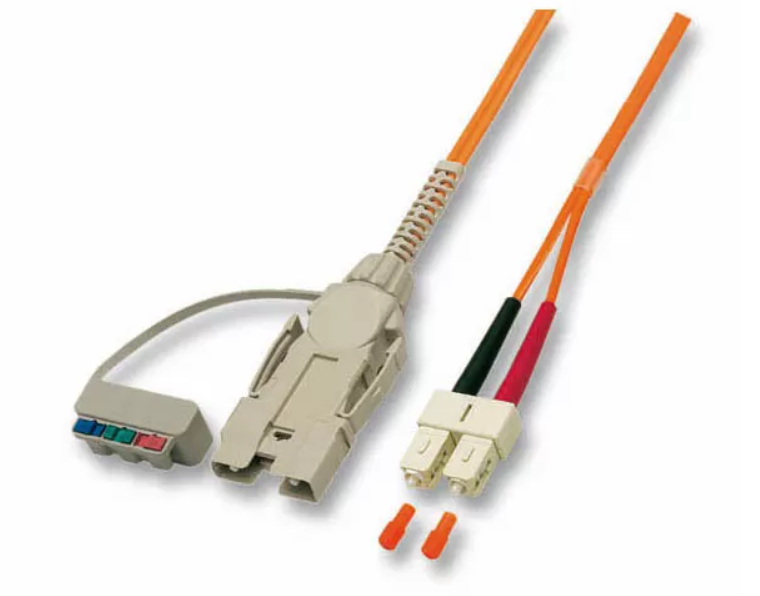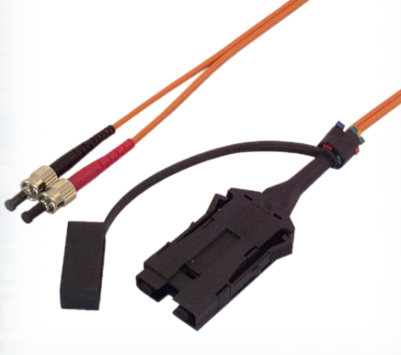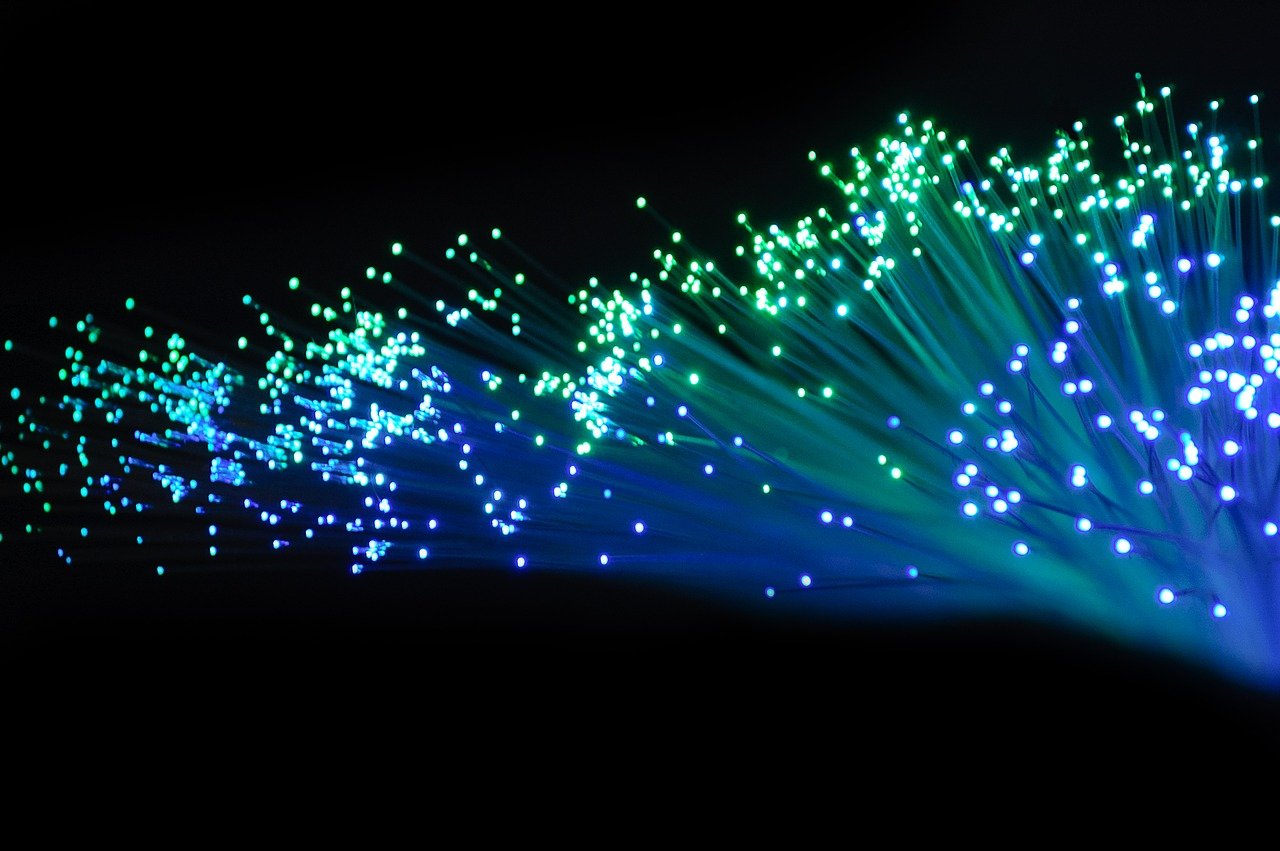Exploring the Future of FDDI Patch Cord Technology

The Significance of FDDI Patch Cord Technology
FDDI patch cord technology plays a crucial role in FDDI networks, serving as the vital link between devices and the network infrastructure. These cable assemblies, also known as fiber optic cords or connector cables, enable seamless data transmission by connecting various components within the network. Understanding the evolution and advancements in patch cord technology is essential for network administrators and technical professionals to ensure optimal network performance. By exploring the future trends and developments in FDDI patch cord technology, we can anticipate improvements in signal quality, bandwidth capacity, and overall network reliability.
Evolution of FDDI Networks and Patch Cord Technology
Introduction to FDDI Networks
Fiber Distributed Data Interface (FDDI) networks are a type of high-speed network protocol that enables the transmission of data at speeds up to 100 Mbps. These networks are widely used in industries where reliable and fast data transfer is crucial, such as telecommunications, banking, and healthcare. FDDI networks provide a robust and scalable solution for organizations with demanding data transmission requirements.
Importance of Patch Cord Technology in FDDI Networks
Patch cord technology plays a vital role in ensuring the smooth operation of FDDI networks. Patch cords, also known as cable assemblies or fiber optic cords, are essential components that connect devices within the network infrastructure. They enable seamless communication between network devices, such as switches, routers, and servers.
Over the years, patch cord technology has evolved to meet the increasing demands of FDDI networks. Initially, early patch cords were limited in terms of bandwidth capacity and signal quality. However, advancements in fiber optic technology have led to the development of high-quality patch cords capable of supporting higher data rates and longer distances.
Today's patch cord designs incorporate features such as low insertion loss, high return loss, and excellent signal integrity. These advancements ensure minimal signal degradation during data transmission, resulting in reliable and efficient network performance.
Advancements in Fiber Optic Technology and Modern Patch Cord Design
Innovations in Fiber Optic Technology
The field of fiber optic technology has witnessed significant advancements in recent years, revolutionizing the design and performance of patch cords. One notable innovation is the development of higher-quality optical fibers that offer improved signal transmission capabilities. These advanced fiber optic cables provide increased bandwidth capacity, allowing for faster data transfer rates and enhanced network efficiency.
Furthermore, advancements in fiber optic communication have led to the introduction of new materials and manufacturing techniques for patch cord production. For instance, bend-insensitive fibers are now widely used in modern patch cords. These fibers are designed to minimize signal loss caused by bending or twisting, ensuring reliable data transmission even in challenging installation scenarios.
Modern Patch Cord Design Features
Modern FDDI patch cords incorporate several key features and specifications that contribute to their superior performance and durability. Firstly, they often utilize high-quality connectors made from robust materials such as ceramic or stainless steel. These connectors ensure secure connections between devices and minimize signal loss.
Additionally, modern patch cords may feature enhanced strain relief mechanisms to protect against cable damage during installation or movement. This helps maintain the integrity of the optical fibers within the cord, prolonging its lifespan.
Moreover, some patch cords employ specialized coatings or jackets that provide resistance to environmental factors like moisture, temperature fluctuations, and UV radiation. These protective measures enhance the longevity of the patch cord and enable its deployment in a wide range of environments.
By leveraging these advancements in fiber optic technology and incorporating them into modern patch cord designs, network administrators can benefit from improved performance, reliability, and longevity.
Addressing Challenges in Patch Cord Installations and Enhancing Performance
Compatibility with Different Network Architectures
One of the challenges in patch cord installations is ensuring compatibility with various network architectures. Different network setups may require specific types of patch cords or connectors, which can pose difficulties when deploying a new system or expanding an existing one. To address this challenge, it is crucial to thoroughly understand the network architecture and consult with experts or manufacturers to determine the appropriate patch cord types and configurations.
Implementing standardized connectors, such as LC, SC, or ST connectors, can help ensure compatibility across different network architectures. These connectors provide flexibility and ease of use when connecting devices within the network infrastructure. Additionally, using modular patch panels that support multiple connector types can simplify installations and future upgrades.
Maintaining Signal Integrity in High-Speed Networks
Maintaining signal integrity is paramount in high-speed FDDI networks to prevent data loss or degradation. When optimizing patch cord installations for high-speed data transmission, several factors should be considered. First, selecting patch cords with low insertion loss and high return loss helps minimize signal attenuation and reflections.
Proper cable management techniques should also be employed to avoid cable bends or twists that could negatively impact signal quality. Using cable trays, organizers, or Velcro ties can help maintain neat and organized cable deployments while minimizing stress on the patch cords.
Furthermore, regular inspections and maintenance are essential to identify any potential issues that may affect signal integrity. Periodic cleaning of connectors using lint-free wipes and alcohol-based cleaners ensures optimal performance over time.
By addressing these challenges in patch cord installations and implementing best practices for maintaining signal integrity, network administrators can enhance the overall performance and reliability of their FDDI networks.

Considerations for Selecting and Installing FDDI Patch Cords
Factors to Consider When Selecting Patch Cords
When choosing FDDI patch cords, several key factors should be considered to ensure optimal performance and compatibility. Firstly, the type of connector used in the patch cord is crucial. Common connector types include LC, SC, and ST connectors, each with its own advantages and applications. It is important to select a connector that aligns with the network infrastructure and devices being connected.
The length of the patch cord is another important consideration. It is essential to choose a length that allows for proper cable management without excess slack or strain on the cable. Additionally, considering the environment where the patch cords will be deployed is vital. Some environments may require specialized cables with features like moisture resistance or flame retardancy.
Best Practices for Patch Cord Installations
Proper installation techniques are essential for ensuring reliable connectivity and performance. Here are some best practices for installing FDDI patch cords:
Carefully plan cable routing: Before installation, plan the cable routing path to minimize bends, twists, or sharp turns that can affect signal integrity.
Use appropriate tools: Utilize professional-grade tools such as fiber optic strippers and cleavers to ensure clean cuts and precise terminations.
Follow manufacturer guidelines: Adhere to the manufacturer's instructions regarding connector termination procedures, including cleaning and polishing techniques.
Perform thorough testing: After installation, conduct comprehensive testing using optical time-domain reflectometers (OTDR) or other testing equipment to verify signal quality and detect any potential issues.
By considering these factors when selecting patch cords and following best practices during installations, network administrators can ensure optimal performance and reliability within their FDDI networks.
Summary and Future Prospects of FDDI Patch Cord Technology
In summary, FDDI patch cord technology plays a crucial role in modern networks, ensuring seamless data transmission and connectivity. As we have explored in this blog, advancements in fiber optic technology have led to the development of high-quality patch cords that offer improved performance, durability, and signal integrity.
Looking ahead, the future of FDDI patch cord technology holds exciting prospects. We can expect further advancements in fiber optic technology, resulting in higher bandwidth capacities and faster data transfer rates. Additionally, innovations in connector designs and materials will continue to enhance the reliability and compatibility of patch cords with different network architectures.
To stay at the forefront of these developments, it is essential for network administrators and technical professionals to remain updated with the latest trends and advancements in patch cord technology. By embracing these advancements and selecting the right patch cords for specific network requirements, organizations can ensure optimal performance and future-proof their network infrastructure.
See Also
The Future of Fiber Optic Patch Cord Connectors: FC/UPC vs FC/APC
The Future of Fiber Optic Connectivity: Switchable Uniboot Patch Cords
Choosing the Right LSZH Patch Cord: A Comprehensive Guide
Как выбрать и установить оптический шнур E2000-APC для patch cord
Развитие технологий Fiber Optic Patch Cord в FTTX и FTTH сетях


